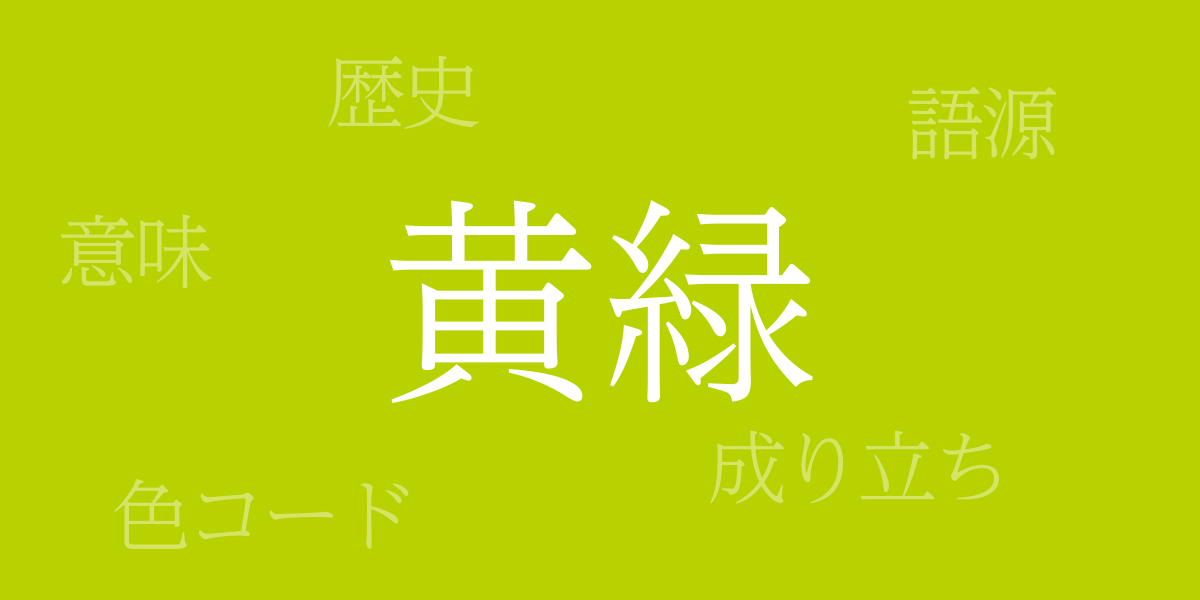In the season when the breath of fresh greenery is most comforting, the color ‘Yellow Green (黄緑, きみどり)’ captures the eye amid Japan’s naturally woven palette. This color, where tradition and innovation intersect, symbolizes the depth of Japanese culture. This article focuses on the beautiful shade of Yellow Green, exploring its allure.
About Yellow Green (黄緑)
Yellow Green (黄緑) is a vibrant green with a hint of yellow. It is commonly seen from early spring to early summer in Japan, symbolizing vitality and new beginnings as young leaves sprout. Beloved not only in nature but also in fashion, design, and art, Yellow Green is used in various contexts.
The History of Yellow Green
The history of Yellow Green in Japan is extensive, with its use evident in Heian period costumes and artworks. It was particularly favored in the attire of nobility, lending it a regal image. Over the centuries, Yellow Green has continued to resonate with the Japanese sensibility, remaining popular in modern times.
Color Codes for Yellow Green
In digital design and web production, accurate color representation is essential. Below are some example color codes for Yellow Green:
- HEX: #B8D200
- RGB: R:184 G:210 B:0
- CMYK: C:38 M:6 Y:97 K:0
Western Names for Yellow Green
In English, Yellow Green is referred to as ‘Yellow Green,’ but depending on the shade, it may also be called ‘Lime Green’ or ‘Chartreuse.’ These names each refer to different shades of Yellow Green and play a significant role in international color recognition.
Summary on Yellow Green
With its bright and warm hues, Yellow Green soothes the soul and evokes the richness of nature. As a traditional Japanese color with a modern appeal, Yellow Green continues to enrich our lives with color and vitality. Through this beautiful shade, we hope to continue conveying Japan’s color culture to the world.

























